Introduction to Tokenization of Real World Assets
In recent years, significant developments have emerged in the realm of cryptocurrency and real world assets. This shift marks a growing recognition within the crypto community of the importance of integrating tangible, real world assets into blockchain technology. The concept, although sometimes awkwardly termed “real world assets,” highlights the movement towards placing genuine, physical items on the blockchain. This contrasts with previous practices centered around more abstract or “imaginary” digital assets.
Such advancements underscore the potential for real world asset tokenization to revolutionize finance by providing a bridge between traditional and digital financial ecosystems. The introduction of platforms and investment funds, such as BlackRock’s tokenized offerings, signifies a pivotal step in this integration process. Tokenization not only promises to enhance transparency and accessibility but also aims to democratize investment opportunities.
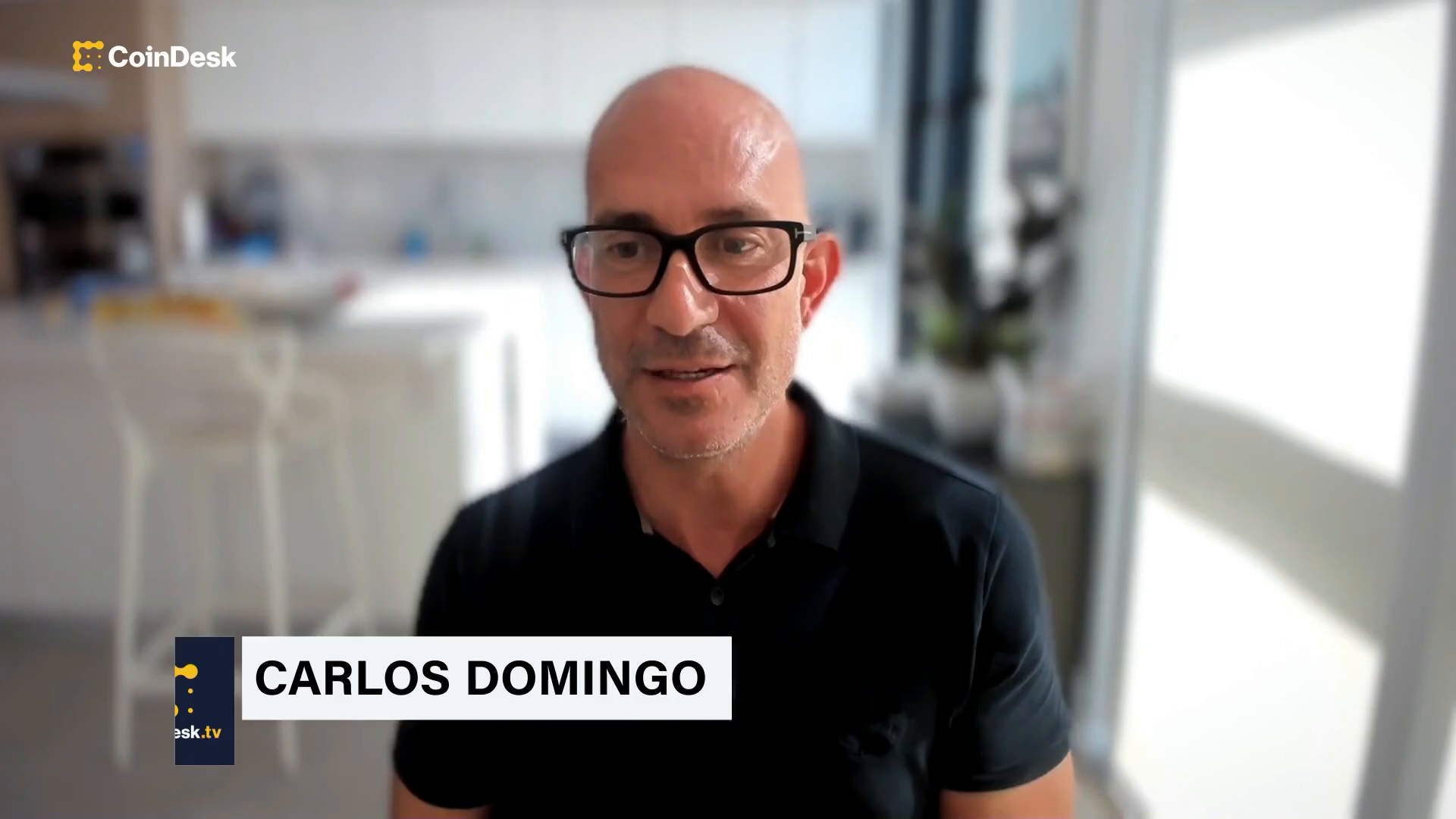
This section sets the stage for understanding how tokenization is poised to reshape financial landscapes by leveraging blockchain technology to bring real assets into the digital age.
Understanding Real World Assets
Understanding real world assets (RWAs) is essential in the context of tokenization and blockchain technology. Here’s a breakdown of the key concepts and developments in this area:
- Definition of Real World Assets:
Real world assets refer to tangible and intangible assets that exist in the physical world. These can include real estate, commodities, bonds, and other financial instruments. Tokenizing these assets involves creating digital representations that can be traded on blockchain platforms. - Benefits of Tokenizing Real World Assets:
Tokenization brings several advantages to real world assets. It enhances liquidity by enabling fractional ownership, allowing investors to buy and sell smaller portions of an asset. This process also simplifies transactions by using smart contracts, which automate and secure agreements. Additionally, tokenization can increase accessibility for global investors and reduce entry barriers by lowering minimum investment requirements. - Examples of Tokenized Assets:
A notable example is the BlackRock USD Institutional Digital Liquidity Fund (BITL), which is BlackRock’s first tokenized investment fund. It invests in US treasury bills, repurchase agreements, and cash while utilizing the Ethereum blockchain for issuing tokens. These tokens maintain a stable value of one dollar each and pay dividends to qualified investors.
Tokenization represents a significant shift towards integrating traditional finance with innovative blockchain solutions. As more financial institutions explore this technology, the role of real world assets continues to expand within the digital economy.
BlackRock and Securitize Partnership
The partnership between BlackRock and Securitize marks a significant step in the evolution of traditional finance (TradFi) by integrating real-world assets into the digital realm. Real-world assets, which refer to physical or digital assets with value derived from their real-world existence, can be tokenized to become easily tradable on digital exchanges globally. This collaboration aims to leverage the strengths of both companies to innovate and enhance the financial ecosystem.
Details of the Partnership
BlackRock, a leading global asset manager, and Securitize, a platform specializing in tokenization, have come together to explore new opportunities in tokenized real-world assets. This partnership focuses on creating a seamless process for transforming real-world assets into tokens that can be traded digitally, thus expanding access and liquidity.
Impact on TradFi and Real World Assets
By collaborating with Securitize, BlackRock seeks to revolutionize TradFi by introducing more efficiency and accessibility through tokenization. This move is expected to attract more institutional interest by offering new investment opportunities that combine traditional asset management with cutting-edge blockchain technology.
Regulatory Perspectives
Regulatory considerations play a crucial role in the success of tokenized products. The partnership is also exploring how regulators perceive these innovations. Understanding regulatory frameworks is essential for ensuring that tokenized assets comply with existing financial laws and standards while promoting transparency and security.
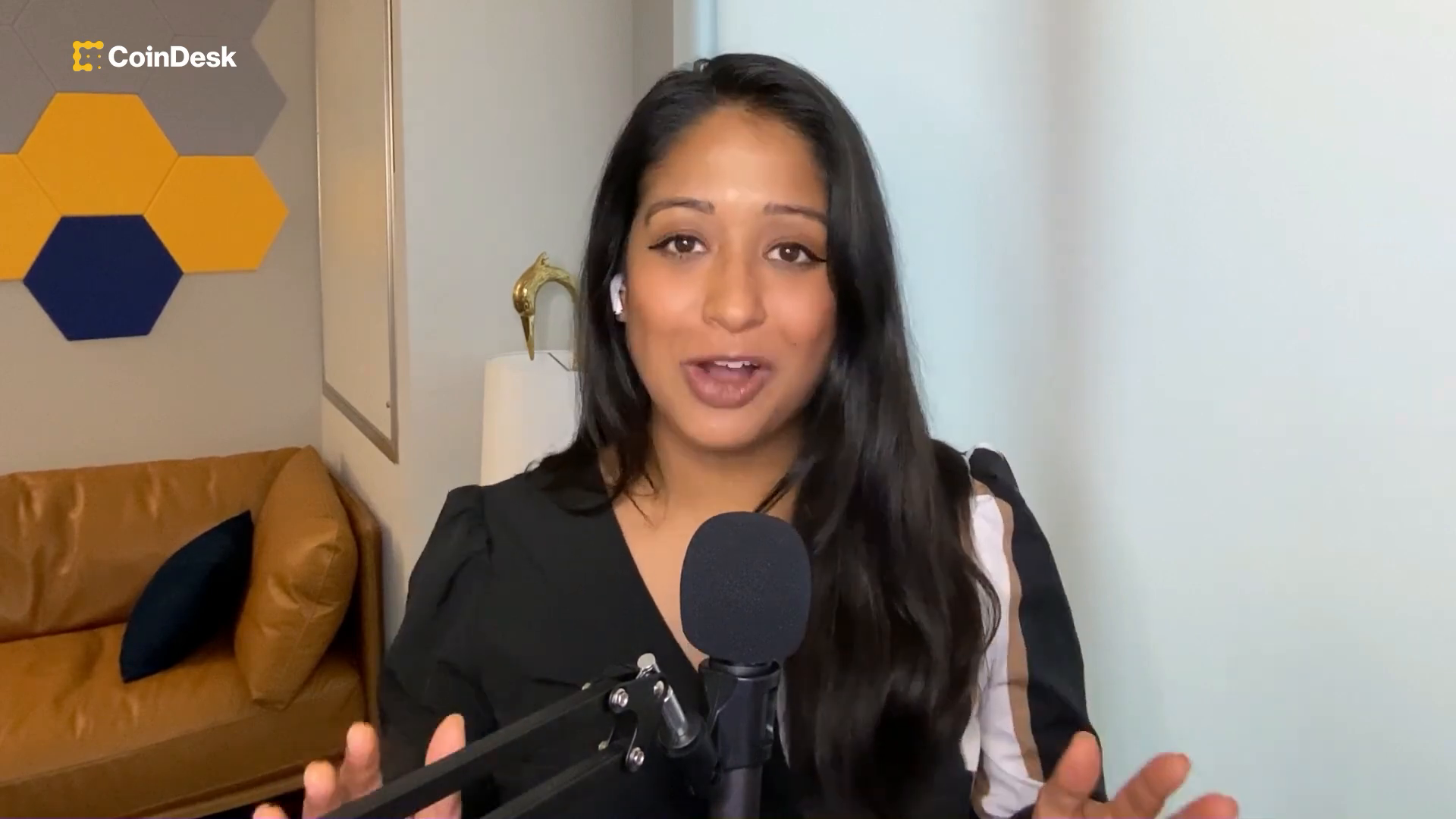
The Role of Blockchain in Tokenization
Blockchain technology plays a crucial role in the tokenization of real-world assets, acting as a public ledger that ensures transparency, security, and efficiency in transactions. By using blockchain, asset tokenization allows for a more streamlined and accessible investment process. The public nature of blockchain means that all transactions are recorded and immutable, reducing the risk of fraud and enhancing trust among participants.
Advantages of Using Blockchain for Tokenization
- Transparency and Security: Blockchain’s decentralized nature ensures that all transactions are transparent and secure. Each transaction is recorded on a public ledger, making it immutable and easily verifiable by anyone.
- Efficiency: Tokenization on blockchain reduces the need for intermediaries, speeding up transactions and reducing costs associated with asset management.
- Accessibility: By tokenizing assets, investments become more accessible to a broader range of investors, allowing fractional ownership and lower entry barriers.
Challenges and Solutions in Blockchain Adoption
- Regulatory Hurdles: Navigating the regulatory landscape is one of the most significant challenges in adopting blockchain for tokenization. Ensuring compliance with existing financial regulations requires collaboration between tech developers and regulatory bodies.
- Technology Integration: Integrating blockchain technology with existing financial systems can be complex. Solutions include developing interoperable systems that can seamlessly interact with traditional financial infrastructures.
- Market Education: There is a need to educate market participants about the benefits and functionalities of blockchain technology to foster adoption.
Tokenization represents a transformative shift in how real-world assets are managed and traded, offering numerous benefits while also presenting challenges that need to be addressed through innovation and collaboration.
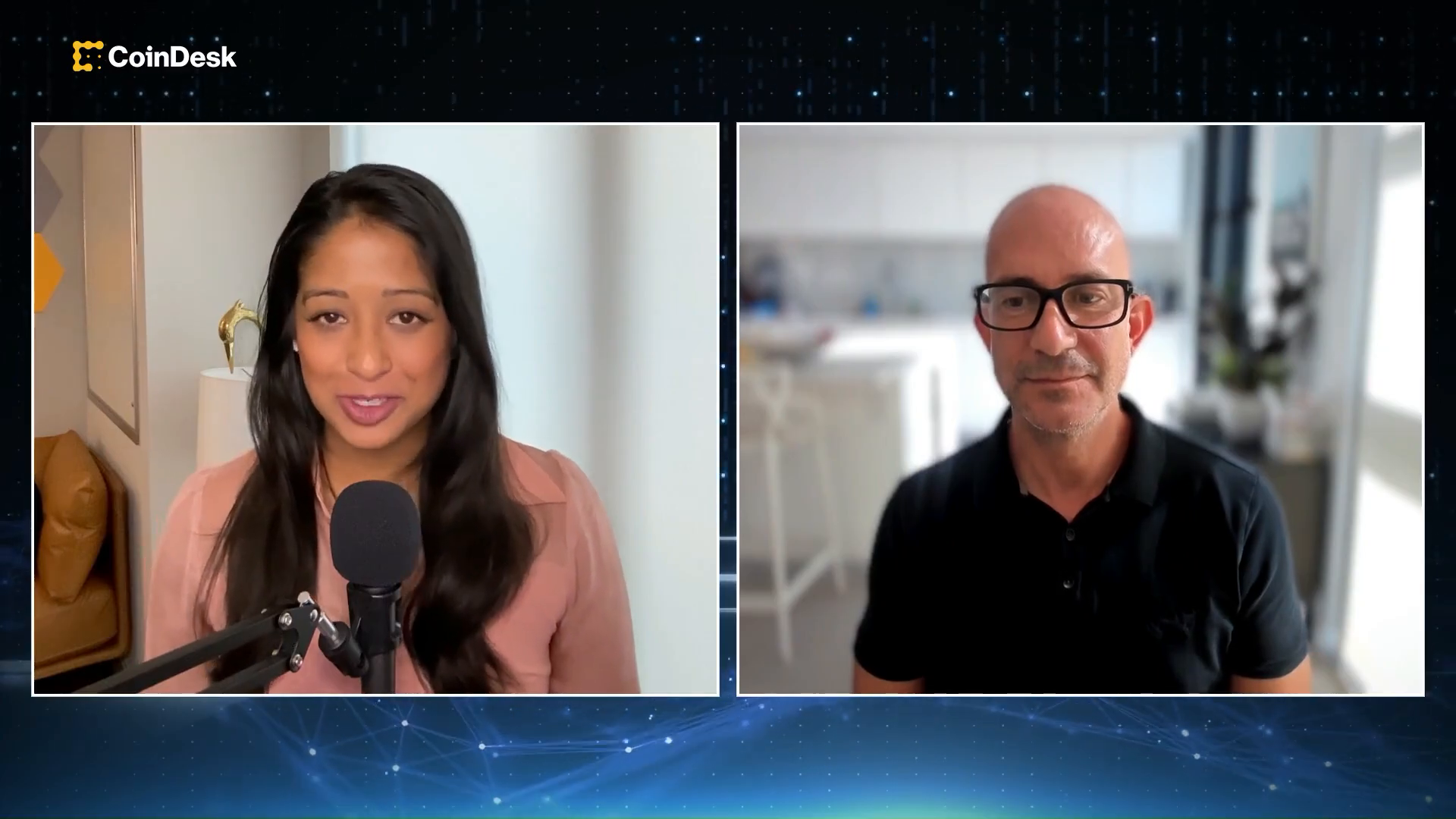
Institutional Interest and Market Growth
The landscape of institutional interest in the tokenization of real-world assets is evolving rapidly. Companies have progressed significantly from a technology stack perspective and have secured the necessary regulatory licenses. This development has paved the way for collaborations with some of the world’s largest asset managers, including KKR, Hamilton Lane, and BlackRock. These partnerships aim to bring their assets on-chain, enhancing their productivity and ease of interaction with crypto markets. This shift is making assets easier to trade and redeem.
Despite these advancements, the industry is still in its infancy compared to other sectors. However, there’s a noticeable inflection point indicating growth in this area. The transformation involves understanding the need for tokenization on blockchain, which serves as a secure public ledger for representing value. This ledger facilitates efficient movement of securities and cash across market participants.
Initially, when blockchain technology was emerging around 2018, institutions were cautious due to negative perceptions associated with tokens from past ICOs and regulatory challenges. Over time, blockchain infrastructure has improved significantly, with more resilient networks and better key management systems. The development of regulatory frameworks has also provided institutions with the confidence to explore on-chain activities legally.
As a result, there’s been increased interest from institutions like KKR and Hamilton Lane. Now with BlackRock’s involvement, other asset managers are likely to follow suit in leveraging blockchain technology to improve their operations and asset management strategies.
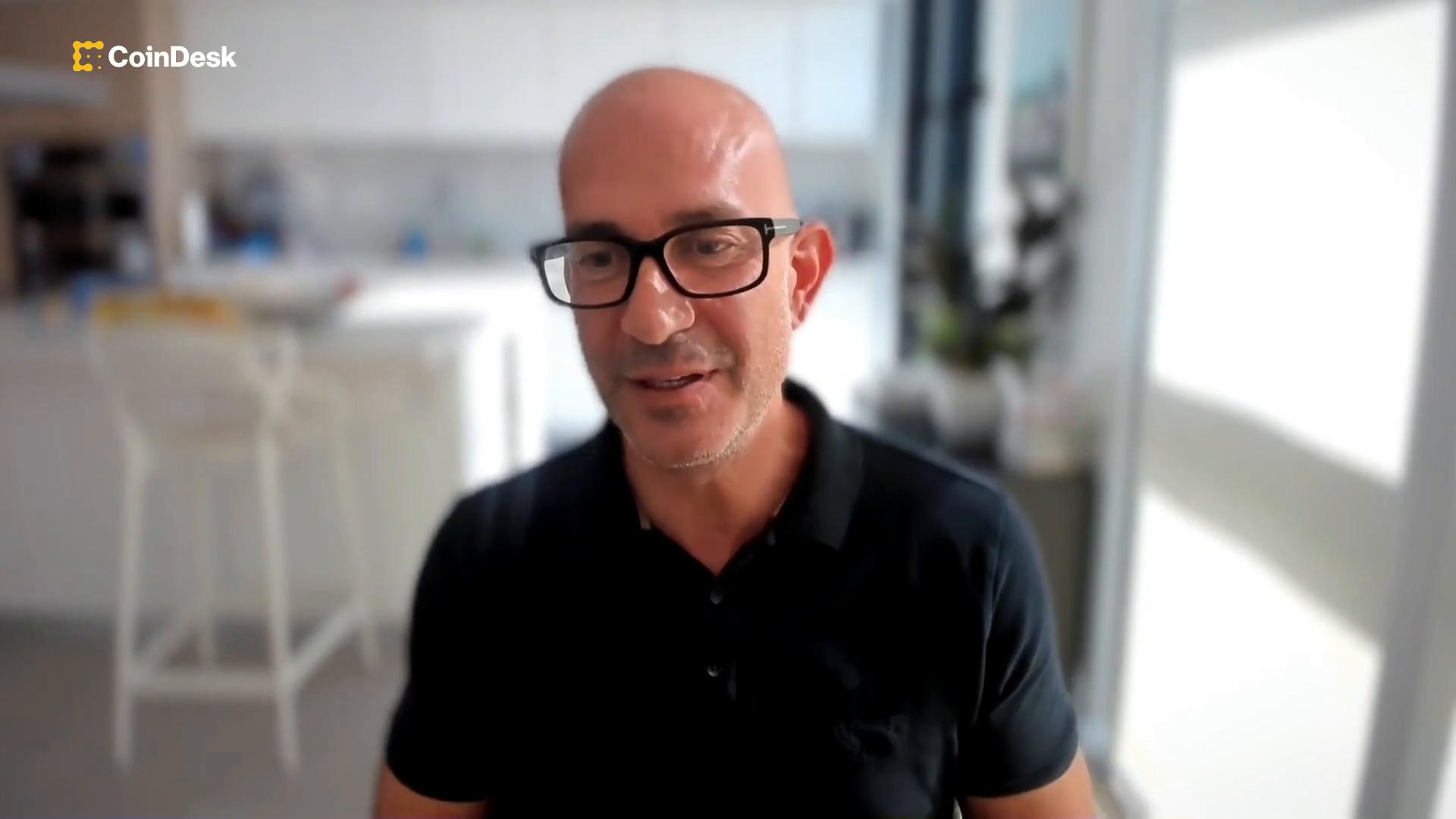
Regulatory Considerations and Challenges
Engaging with regulators is a pivotal aspect of the tokenization of real-world assets. Companies like Securitize, which are involved in this field, are regulated entities and maintain open lines of communication with regulators such as the SEC. This is necessary not only for compliance and licensing but also to educate regulatory bodies about the innovations occurring in the space. The primary focus is on securities, which somewhat shields these companies from controversies about whether assets are classified as securities or not.
One of the main challenges in bringing products like those from BlackRock to market involves ongoing discussions with regulators about their operations and licensing needs. Securitize has a history of cooperation with regulatory bodies, having initiated dialogues with the SEC as early as 2019 when they filed to register as a transfer agent. Since then, there has been notable progress in regulatory understanding of tokenization.
Regulators often ask detailed questions regarding the technological and operational aspects of tokenization. These include inquiries about which blockchains can be utilized, how securities can be efficiently represented, and how risks such as blockchain forks or 51% attacks are managed. Additionally, there are concerns about technical issues like handling lost private keys.
Despite these challenges, companies engaged in tokenization continue to work closely with regulators to ensure that they operate within a compliant framework while also pushing forward technological innovations that benefit both TradFi and crypto spaces.
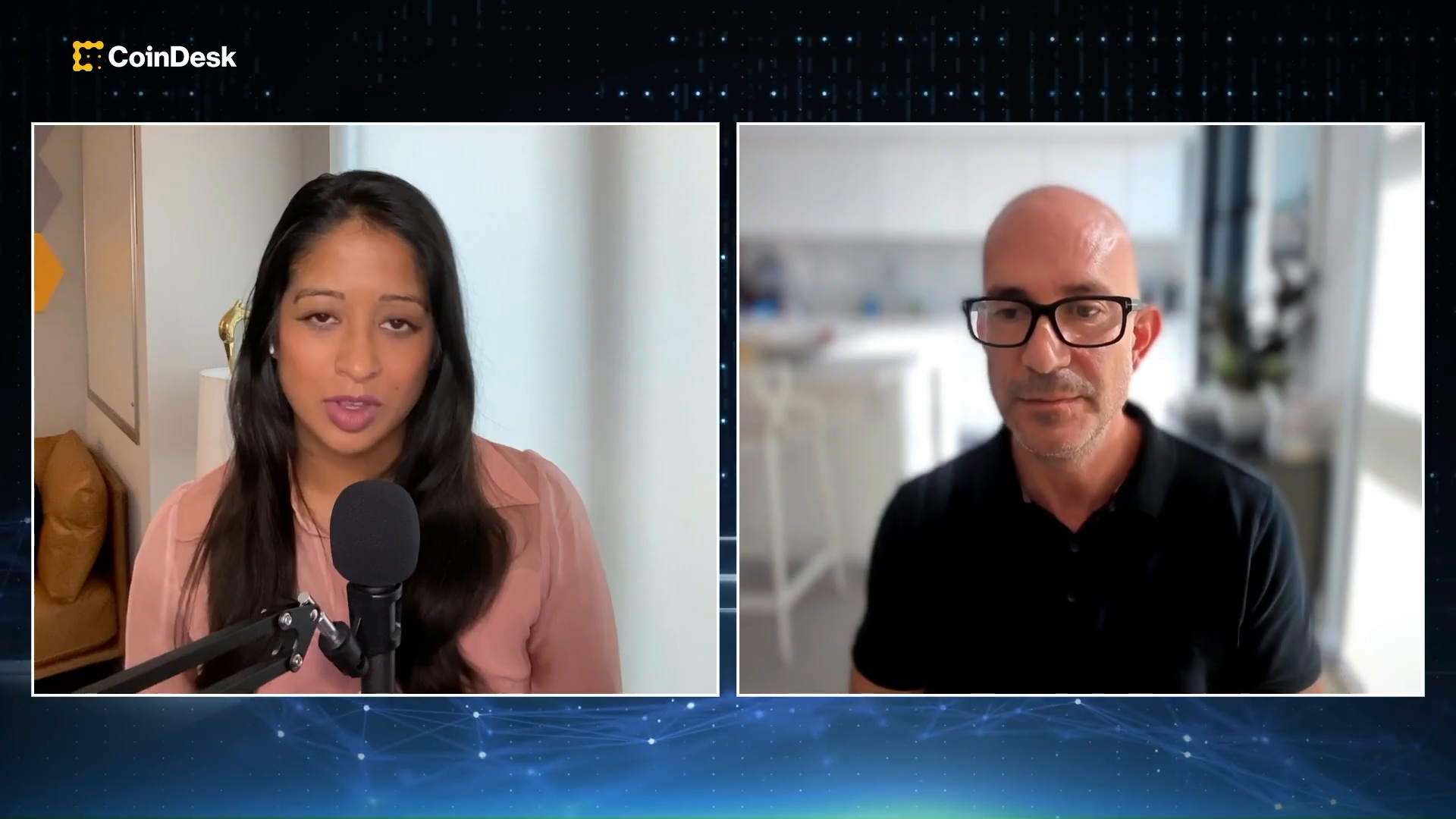
Future of Tokenization in Finance
The future of tokenization in finance is poised for significant growth, with the potential to reshape the capital markets infrastructure. As discussed, the integration of traditional financial activities with new blockchain infrastructure is already underway. This innovative approach has enabled the tokenization of real-world assets, a process expected to transform financial markets over the next decade.
Key insights include:
- Regulatory Landscape: Despite being incorporated in the British Virgin Islands, funds targeting US investors remain under SEC regulation. This dual regulation ensures compliance and broadens market reach.
- Market Milestones: Recent developments have seen tokenized strategies surpass one billion dollars. This milestone marks the beginning of a trajectory towards a trillion-dollar market cap, akin to the growth seen in cryptocurrency markets.
- Expanding Asset Tokenization: Efforts are underway to tokenize various asset classes, including real estate and credit. These initiatives represent a broader trend towards integrating blockchain technology with traditional asset management.
- Long-term Vision: The ultimate breakthrough is anticipated when tokenized assets reach a trillion-dollar market cap. At this point, their significance in capital markets will be undeniable, embedding them within existing financial infrastructures.
The journey from one billion to a trillion-dollar market is expected to drive widespread adoption and integration of tokenized assets in finance. This evolution will not only enhance liquidity but also democratize access to various asset classes.










